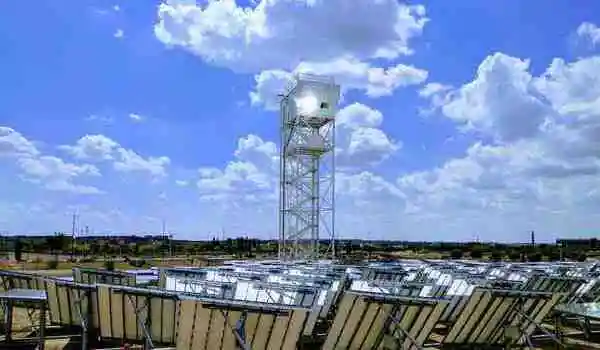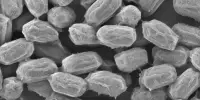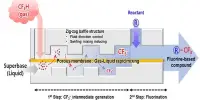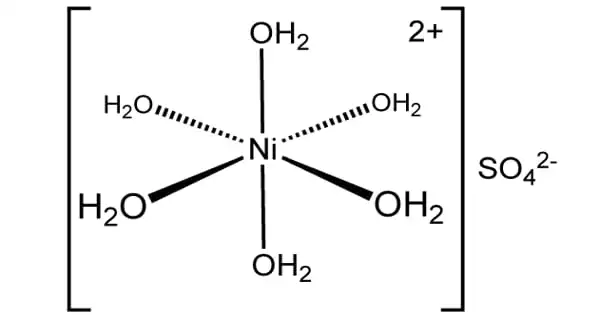Warmer oceans can cause large amounts of methane to be released from seabeds, potentially amplifying climate warming. A new study seeks to understand the role of microorganisms in increasing methane emissions from seabeds.
Under the sea, vast reservoirs of the potent greenhouse gas methane are stored in a solid ice-like combination with water. Methane hydrate is the name given to this solid. For more than three decades, various concerns have been raised that warming the seafloor could cause this methane to be rapidly released, possibly reaching the atmosphere and causing additional climate warming.
Fortunately, this methane hydrate is mostly found beneath the seafloor and beneath hundreds of meters of seawater. Even if warming melts this methane hydrate and releases methane gas, natural microbial filters on the seafloor are expected to destroy most of the methane before it reaches open seawater.
However, there have been some gaps in our understanding of the relevant seafloor processes. Can seafloor warming be fast enough that methane hydrate melts so quickly that the released methane overwhelms and eventually bypasses natural microbial filters? “The microbial filter layer in the sediment – we call it the’sulfate-methane transition,’ where methane is removed – is somewhat delicate,” explains Asst. Prof. Christian Stranne of Stockholm University’s Department of Geological Sciences.
Methane hydrates are a massive storehouse of carbon, so it remains important to understand how they interact with ocean changes, and potentially, the atmosphere, over long and, in the case of our study, rather short timescales. We now know that there is indeed a possible process for melting methane hydrates to temporarily bypass what was previously thought to be a strong filter in the sediment.
Christian Stranne
“The filter layer takes many years to form and reach peak methane-consuming efficiency. The filter is a living thing, made of microorganisms that consume methane under anaerobic (no-oxygen) conditions. The filter also moves up and down within the sediment, depending on the rate at which methane is reaching it.”
Stranne and colleagues from Stockholm University and Linnaeus University combined a new model of this microbial filter’s biological behavior and vertical movements with existing models of seafloor sediments’ physical behavior in a new study published in Communications Earth and Environment. Processes such as how cracks form and methane can move up through the sediment after methane hydrates melt are among the physical components of the model.

Christian Stranne explains: “Imagine that the amount of methane rising through the sediment suddenly increases, as might happen if methane hydrate begins to melt faster. It can take decades for the filter to adjust itself to consume methane at the new rate. Our new study shows that during the time that the filter is not reestablished, substantial methane can leak past the filter, and into the ocean water.”
Despite this “window of opportunity,” methane from melting hydrates that enters seawater is subjected to additional methane-destroying processes. These processes make it nearly impossible for significant methane hydrate melting methane to reach the atmosphere. According to Christian Stranne, the methods demonstrated in this study can be applied to other regions where seafloor-released methane is much shallower and more likely to reach the atmosphere, such as the Arctic continental shelves.
“Methane hydrates are a massive storehouse of carbon, so it remains important to understand how they interact with ocean changes, and potentially, the atmosphere, over long and, in the case of our study, rather short timescales. We now know that there is indeed a possible process for melting methane hydrates to temporarily bypass what was previously thought to be a strong filter in the sediment,” says Christian Stranne.
The current global energy system relies on the combustion of fossil fuels to power the global economy. Fossil fuels are used to generate electricity and play an important role in the industrial sector, particularly in the production of cement, fertilizer, and steel. Although fossil fuels are expected to play an important role in the future global energy system, technical solutions are required to reduce carbon dioxide (CO2) emissions from fossil fuel combustion. Carbon capture, utilization, and storage (CCUS) is a key technological approach that can help achieve this goal. CCUS is a process that involves separating CO2 from power station or industrial plant effluents to be used as a feedstock for useful products and/or permanently stored deep underground in geological formations.
However, the rate of warming is critical: “Our findings suggest that if our oceans warm at a rate significantly slower than 1°C per 100 years, the filter can keep up and remain highly efficient. Unfortunately, some of our oceans are warming at a faster rate than others.”
















